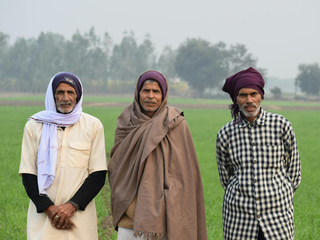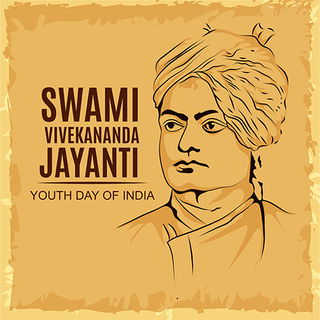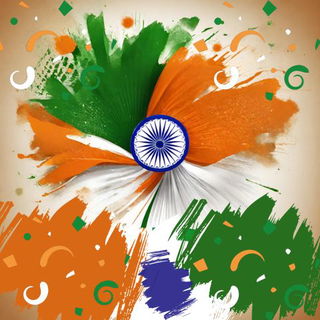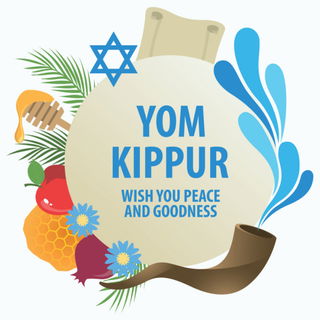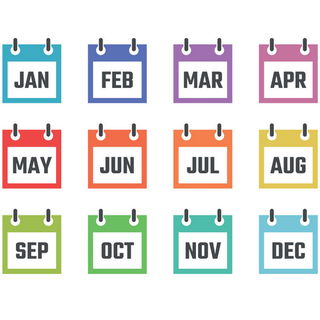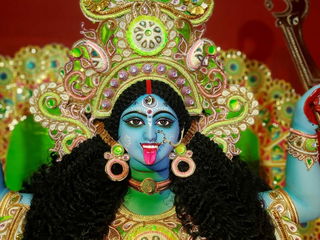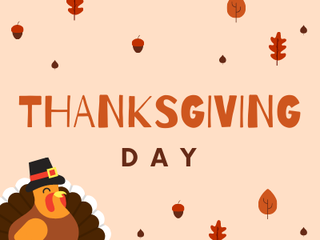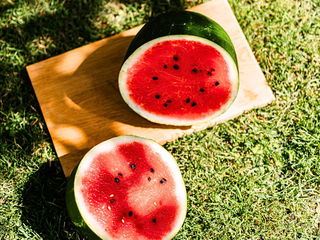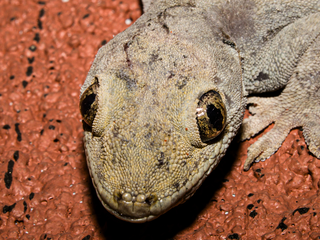Rosh Hashanah, also known as the Jewish New Year, is a celebration that begins after sunset on the eve of Tishrei 1 (Tishrei is the seventh month in the Hebrew Calendar followed by the Jewish people). In 2025, it will be observed for two days from September 22 to September 24.
Rosh Hashanah is a Hebrew word meaning 'Head of the Year'. Similar to how our human body is controlled by our head, Rosh Hashanah is crucial in determining how the rest of the year turns out for Jews.

Shana Tova is a Hebrew phrase meaning "Happy New Year" or "Good Year." It's a common greeting exchanged during Rosh Hashanah.
Rosh Hashanah History
Although Tishrei is the seventh month in the Hebrew Calendar, the first day of this month has been regarded as the Jewish New Year.
Its mention can be found in The Book of Leviticus or the Third Book of Torah:
"In the seventh month, in the first day of the month, shall be a solemn rest unto you, a memorial proclaimed with the blast of horns, a holy convocation"
-Leviticus 23:23
Between 597 BCE to 538 BCE, the Jews were banished from Judah in ancient Israel and had to stay in Babylon's captivity. It was due to this that Babylonian and Jewish traditions have some overlapping points.
In fact, Babylonians were the ones who observed a 'Day of Judgement' once a year. They believed that on this day, all their gods and supreme beings met to judge and decide the fate of every man. It is believed that Jews took inspiration from this faith in their own celebrations and observances.
Rosh Hashanah commemorates the creation of the world along with Adam and Eve. On this day, God will judge each and every action of man and declare their fate accordingly.
However, it is not too late for those who wish to take the righteous path by repenting and correcting themselves. Starting from Rosh Hashanah, there is a ten-day period up to Yom Kippur known as 'The Ten Days of Penitence'.
Rosh Hashanah Celebration: Traditions and Customs
Blowing Shofar
Rosh Hashanah celebrations kickstart with the blowing of shofar or the ram's horn in the synagogue. This is considered a religious duty or mitzvah among Jewish people. However, if Shabbat falls on the same day, this tradition is not followed through.

After the completion of the Torah Reading during the morning service, the shofar is usually blown around thirty times. A symbolic meaning is attached to this ancient tradition.
There is a story in the Torah that speaks of how Abraham, who was willing to sacrifice his son Issac for God, was saved when God replaced his son with a ram.
Lighting Candles
Lighting Candles is an important custom in Rosh Hashanah performed mostly by women and girls. You have to make sure that they are lit in a place where they can be easily seen.
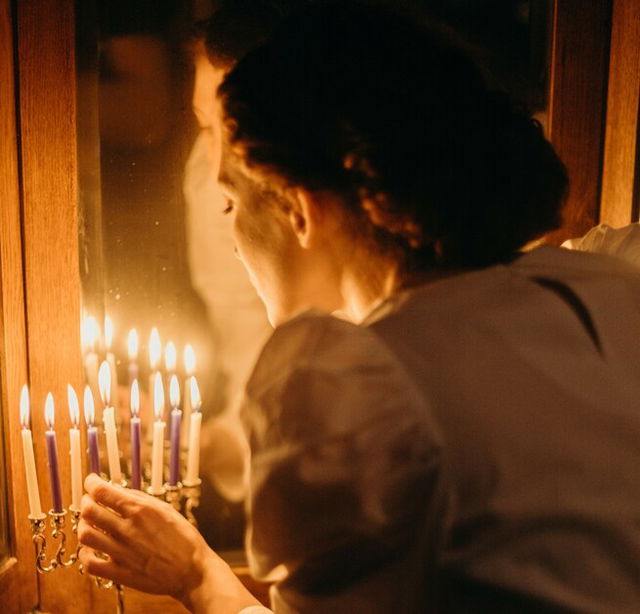
On the evening of the second day or if you are lighting the candles after sundown on the first day, please make sure that it is an existing flame. This implies that although you cannot light a candle with a matchstick, you can light it with a candle that was already burning.
Tashlich
This custom is generally followed on the first day of Rosh Hashanah. However, it is shifted to the next day if Shabbat falls on the same day as Rosh Hashanah.
Tashlich, which is a Hebrew word for 'to cast' is an age-old custom where Jewish people recite religious verses near a water body to cast away all their sins.
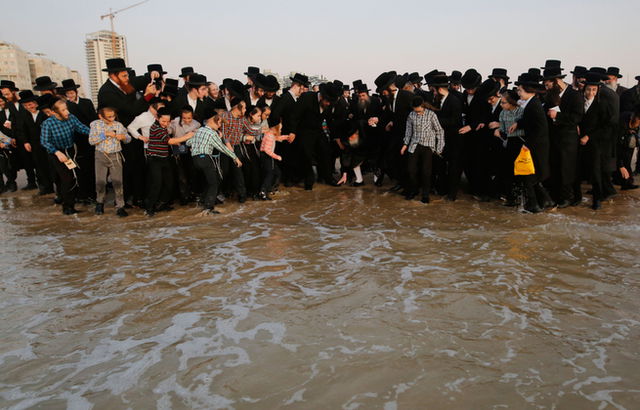
However, many do not know that during its origin in the 13th century, Rabbis opposed this custom because they thought that this would prompt people to not work on themselves and rely on superstitions.
Attending Synagogue Service
Rosh Hashanah services are longer and more special than usual Shabbat services. They include extra prayers and songs about the new year, and a special focus on God's role as a powerful creator.

The shofar, a ram's horn, is blown several times throughout the service as a reminder of God's call to repentance. People often take breaks during the service to rest and reflect.
Food Consumed on Rosh Hashanah
Round Challah
Round Challah is a traditional bread consumed by Jews on Rosh Hashanah as well as Shabbat. Round Challahs are usually made sweet for this occasion so you might find raisins or honey in them.
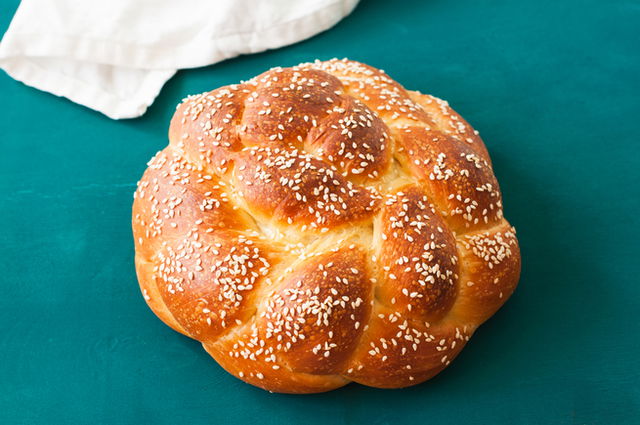
Apples and Honey
Challah breads are often dipped in honey and consumed on the first night of Rosh Hashanah. After that, Jews eat apples dipped in honey and pray to God to bless them with a sweet year.

Apples have an ancient symbolic relation to Jews because as the quote states:
“As the apple is rare and unique among the trees of the forest, so is my beloved [Israel] amongst the maidens [nations] of the world."
Pomegranate
Pomegranate is another symbolic fruit that is heartily consumed during Rosh Hashanah. It is said that the fruit is significant because it apparently contains 613 seeds which symbolize the 613 commandments or 'mitzvot' of The Torah. A blessing is usually recited over this.

Pomegranates are also considered a 'new fruit' among Jewish people. New fruit implies a fruit that has not been consumed in a long time.
Fish
As already said before, the term Rosh Hashanah means head of the year. Abiding by this, it is a custom to eat the head of a fish, sheep, or rooster on this day. There is an additional symbolic significance of fish as they are considered to bring fertility and abundance.
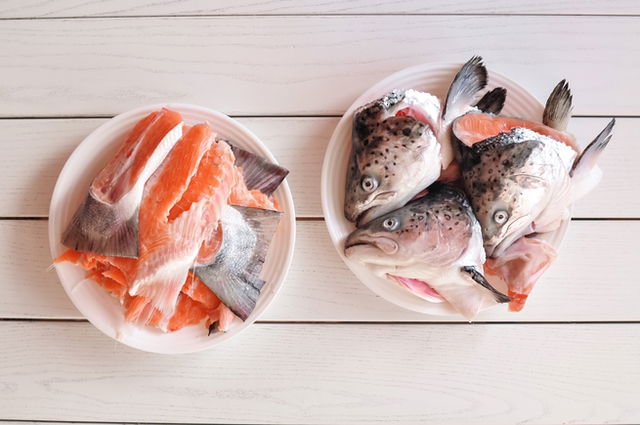
Other than these, pumpkins, beets, string beans, and dates are also eaten on this day.
Did You Know That There are 4 Jewish New Years in Total
Rosh Hashanah is not the only new year celebrated by the Jews. There are three more new years as per the Hebrew calendar. This includes:
- Tu Bishevat or the new year for trees: 15 Shevat
- The First of Nisan: 1 Nisan
- Rosh Hashanah La'Behemot which is the new year for animals: 1 Elul
You might like to explore these articles next:

